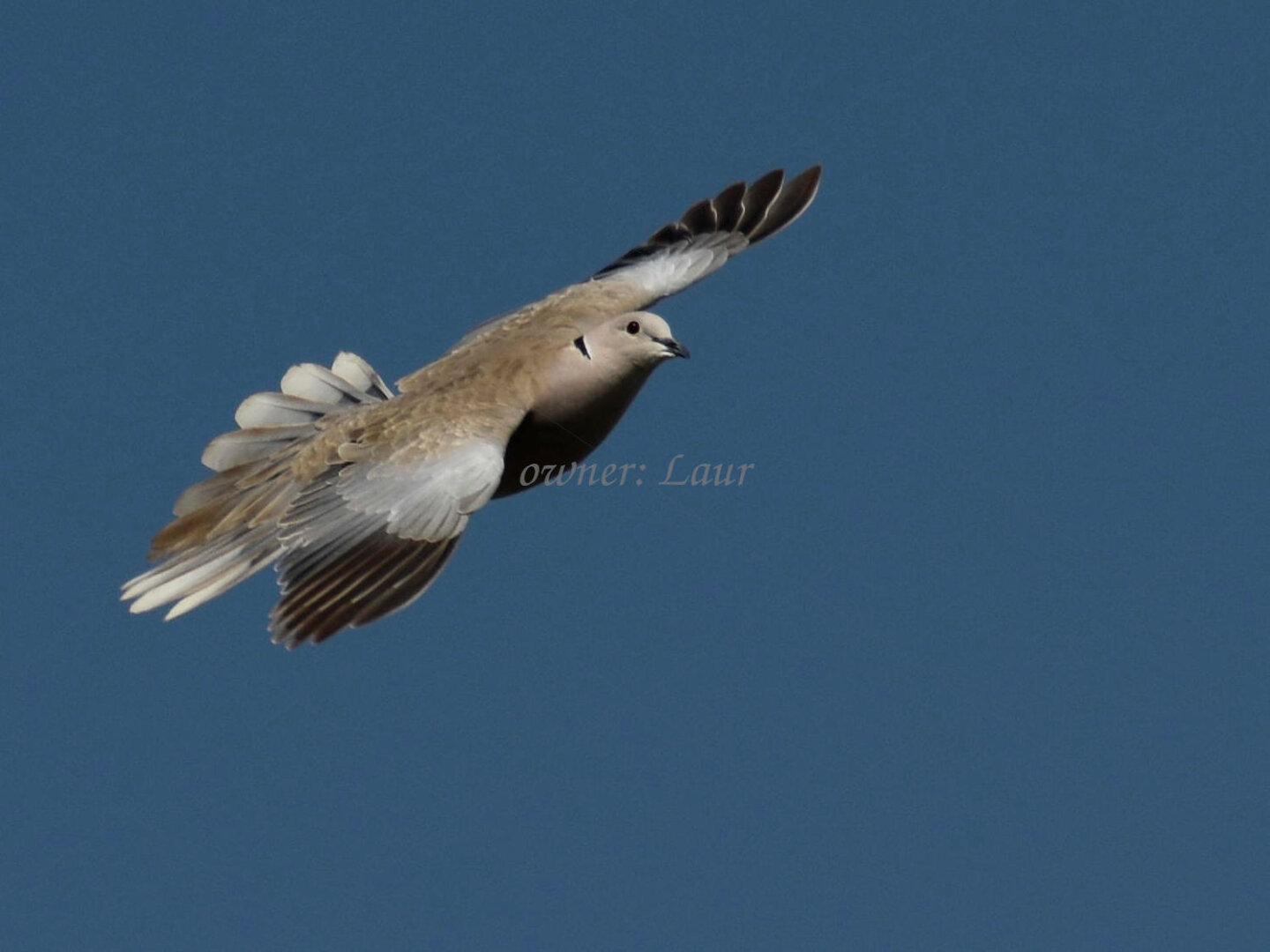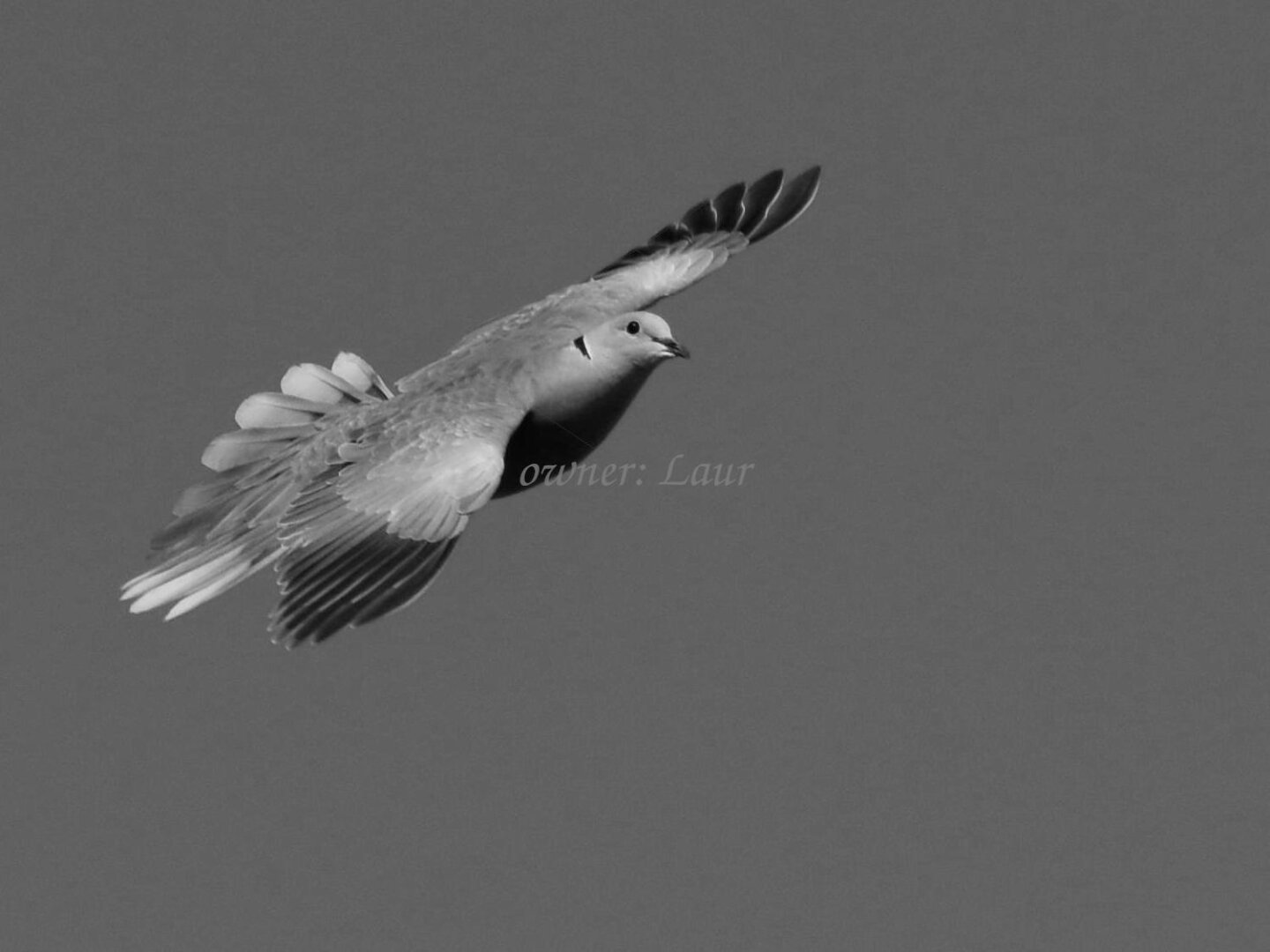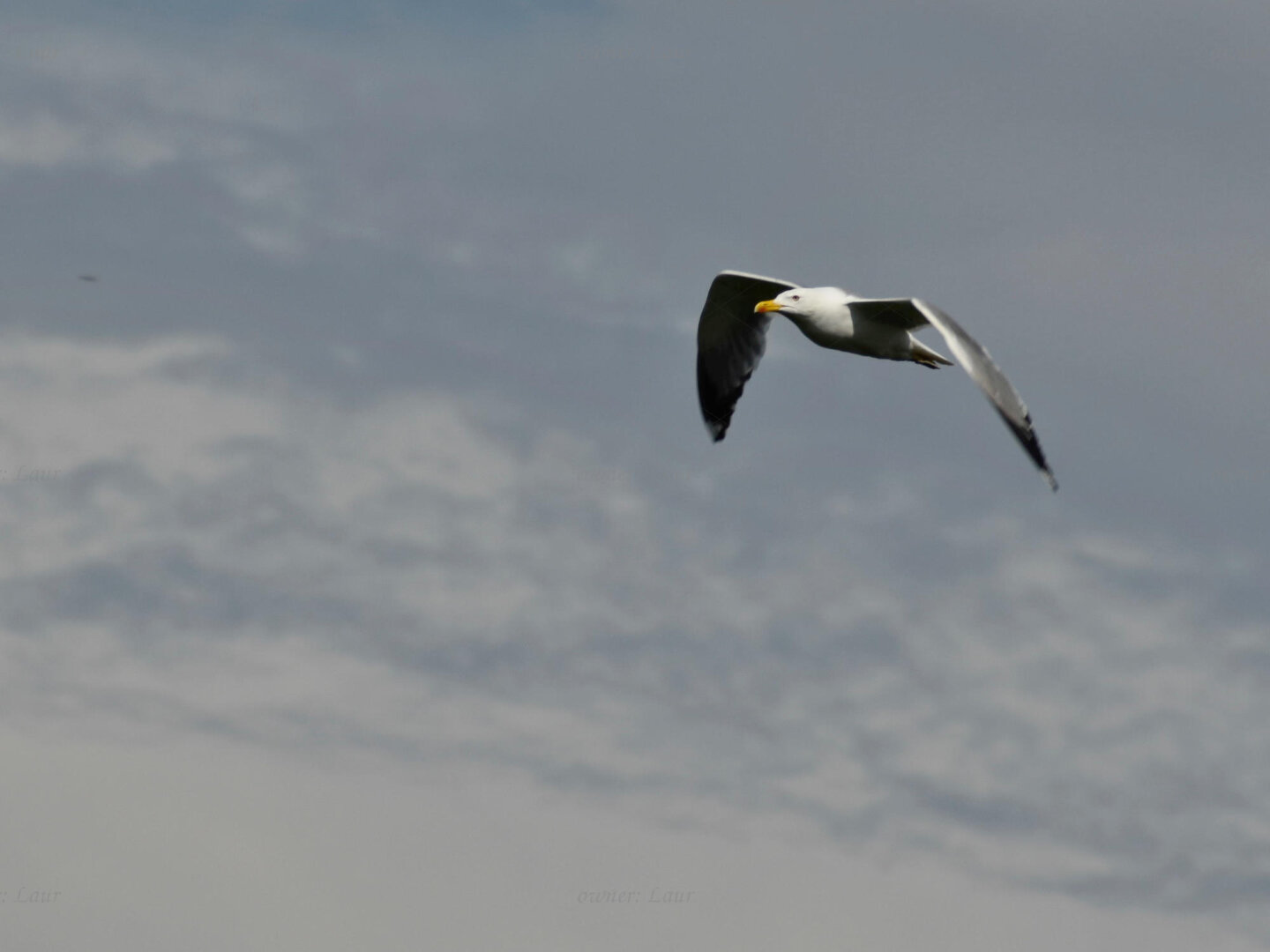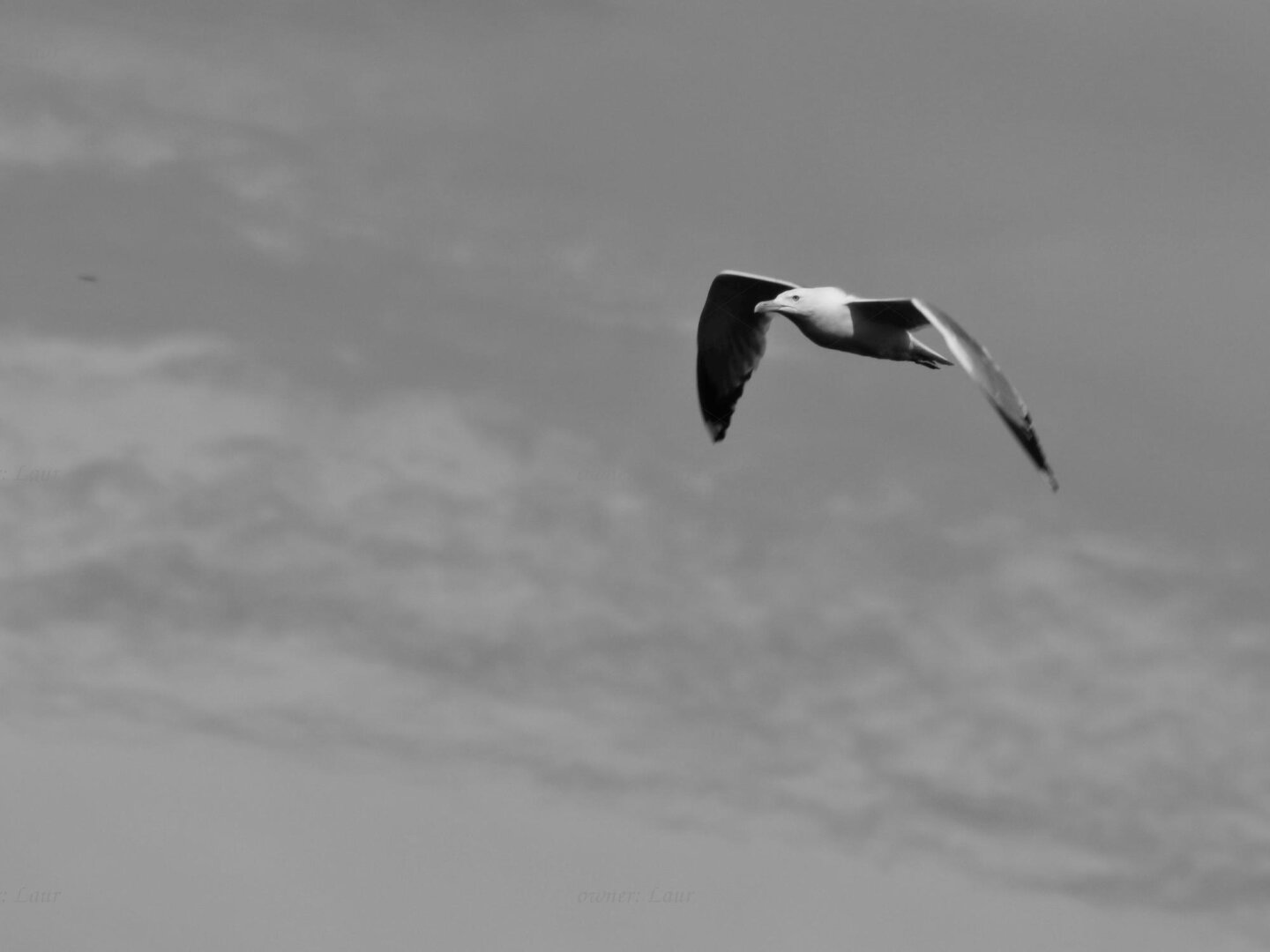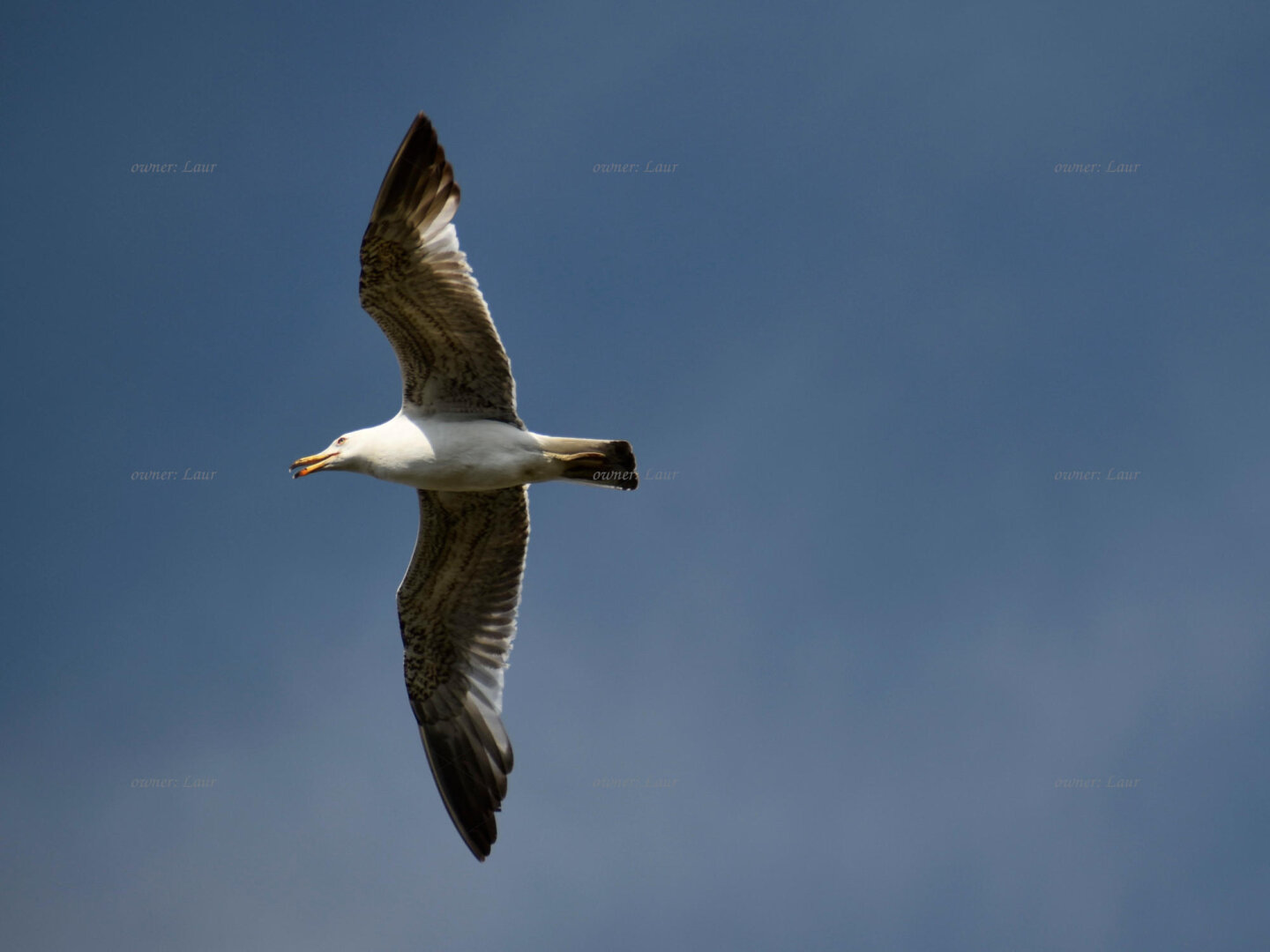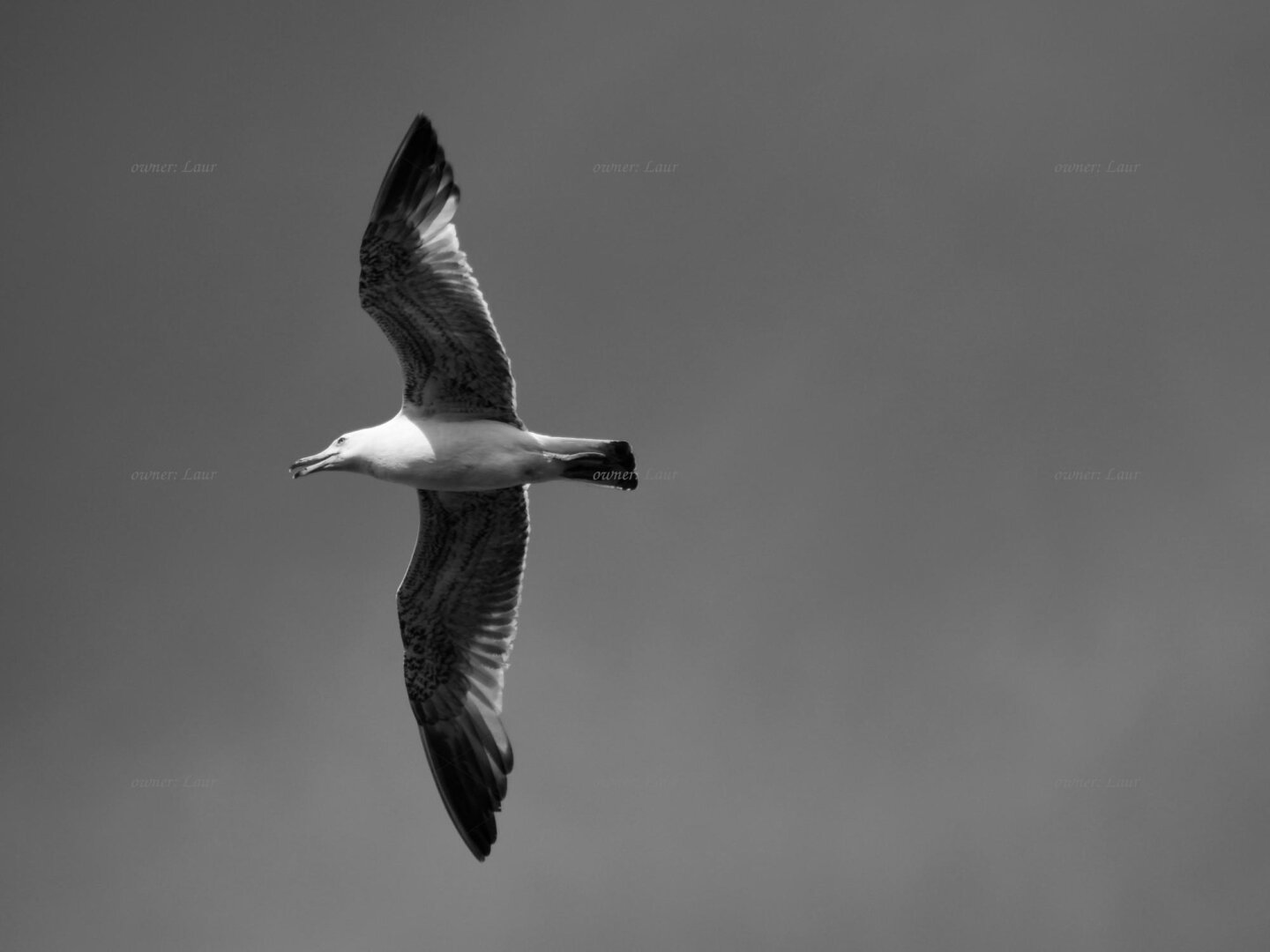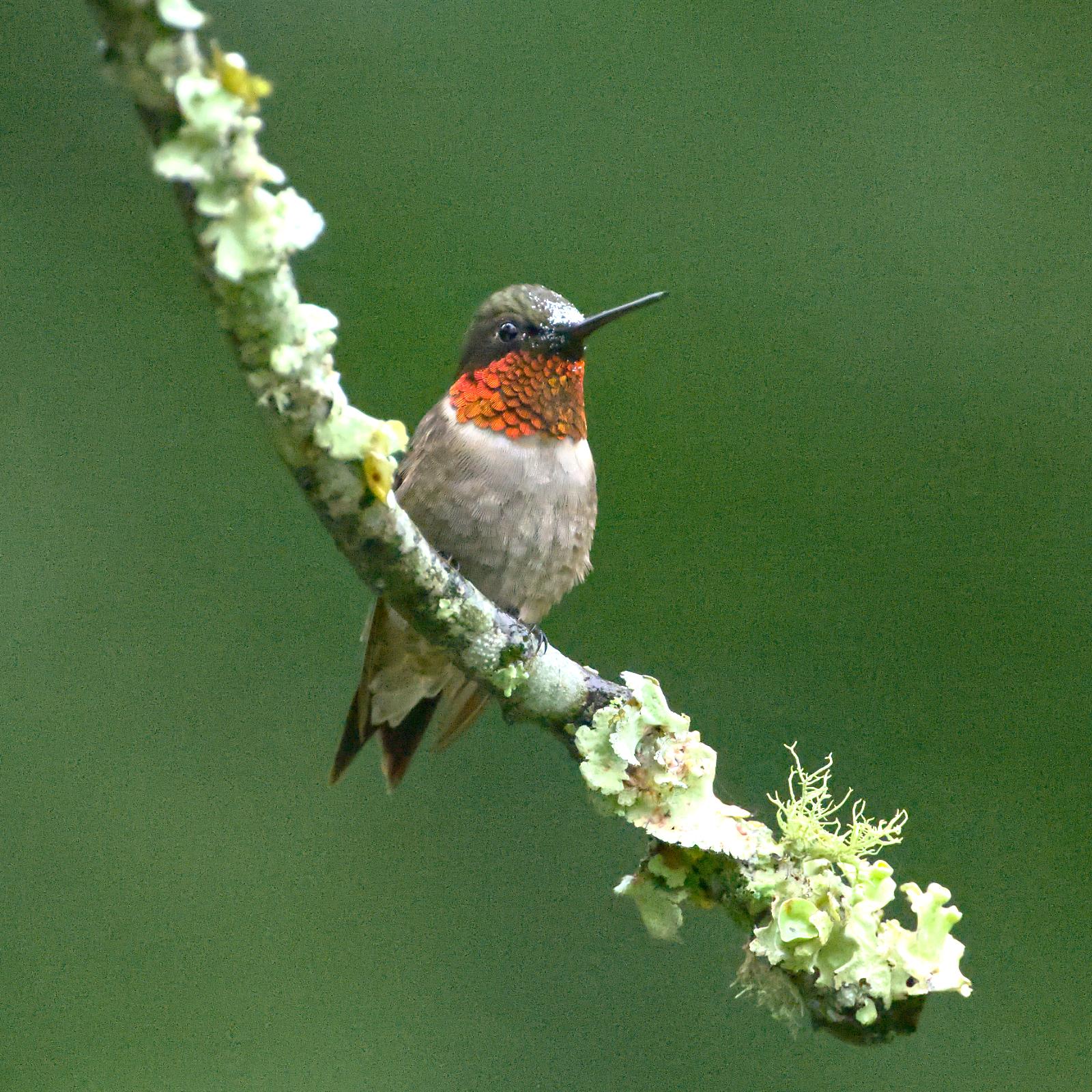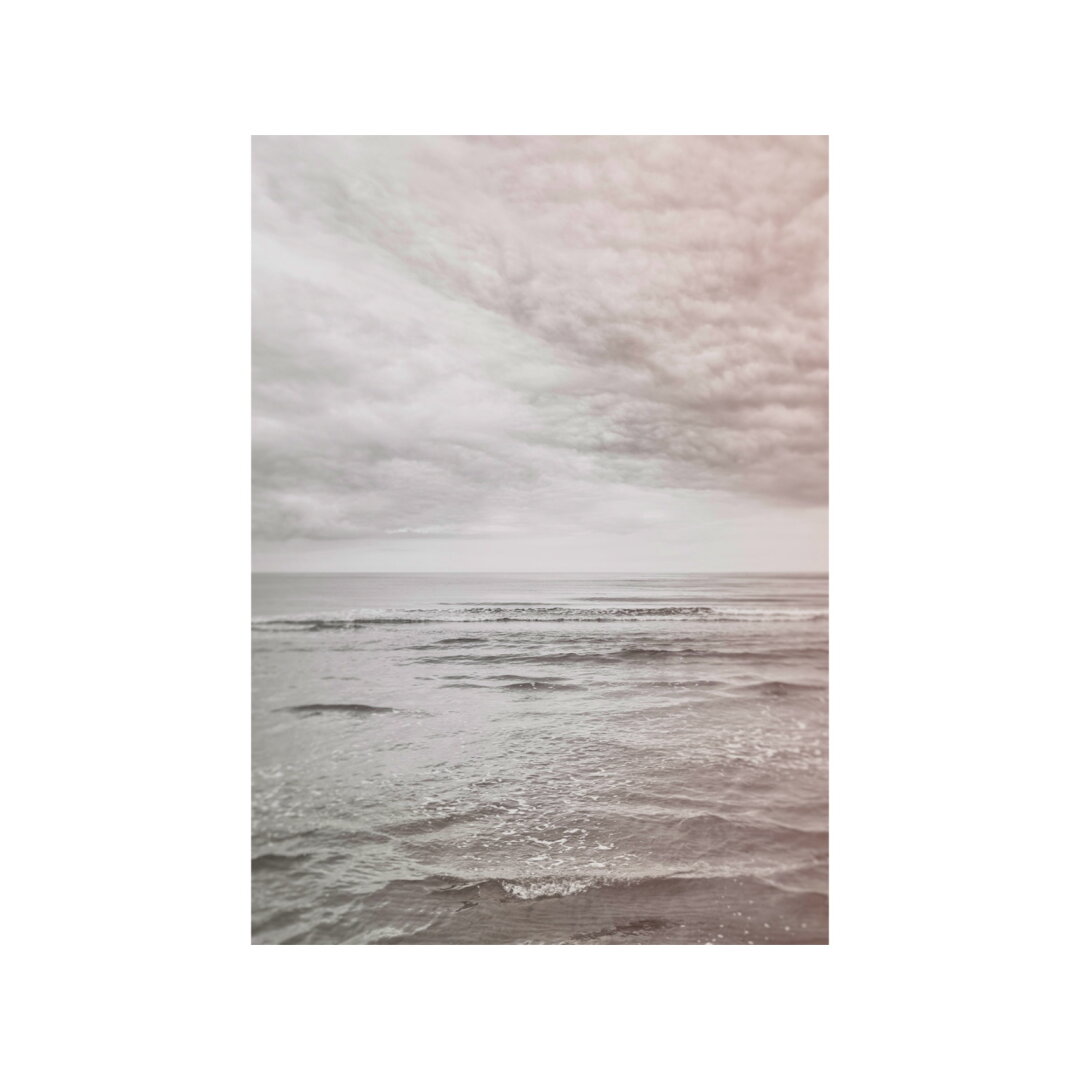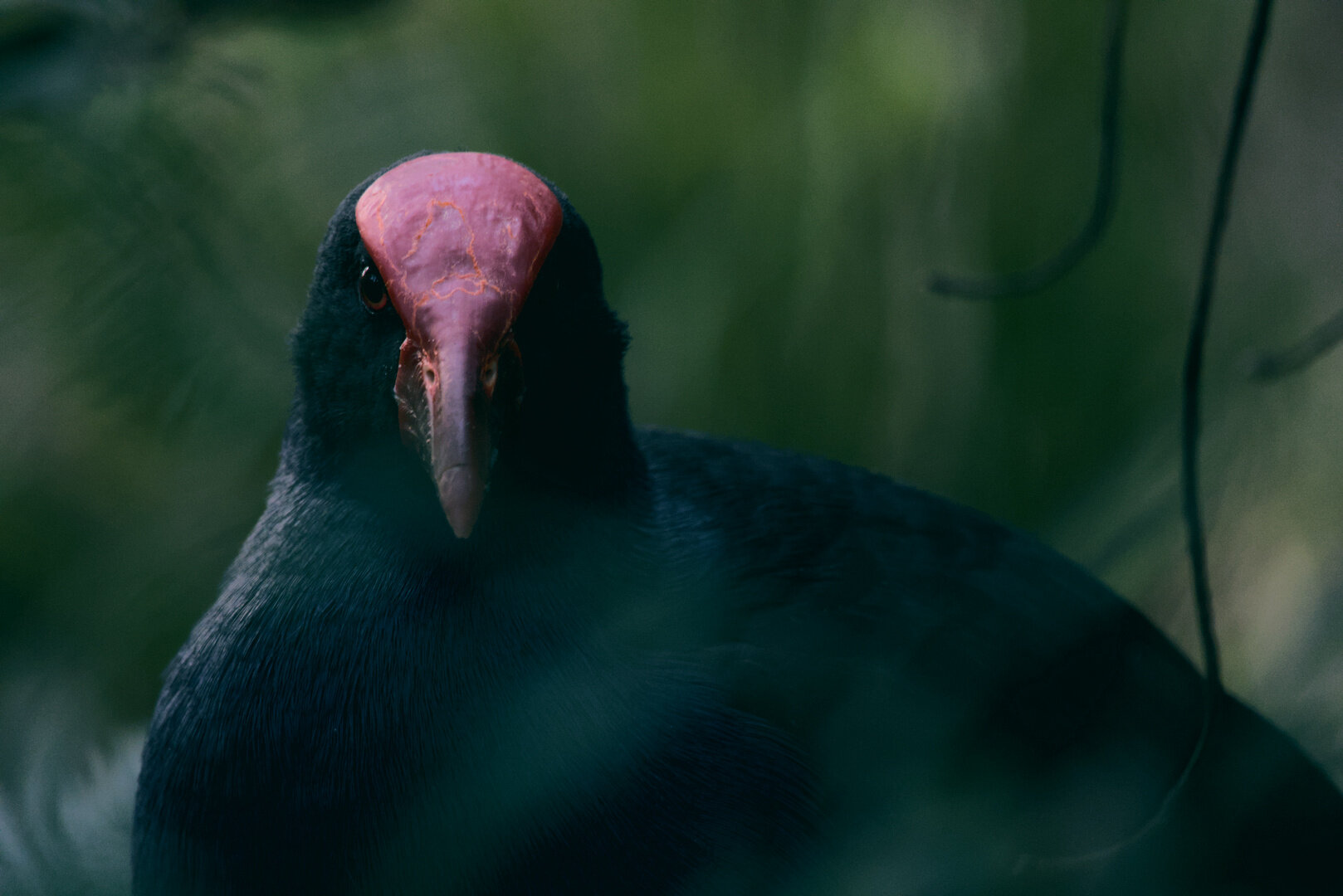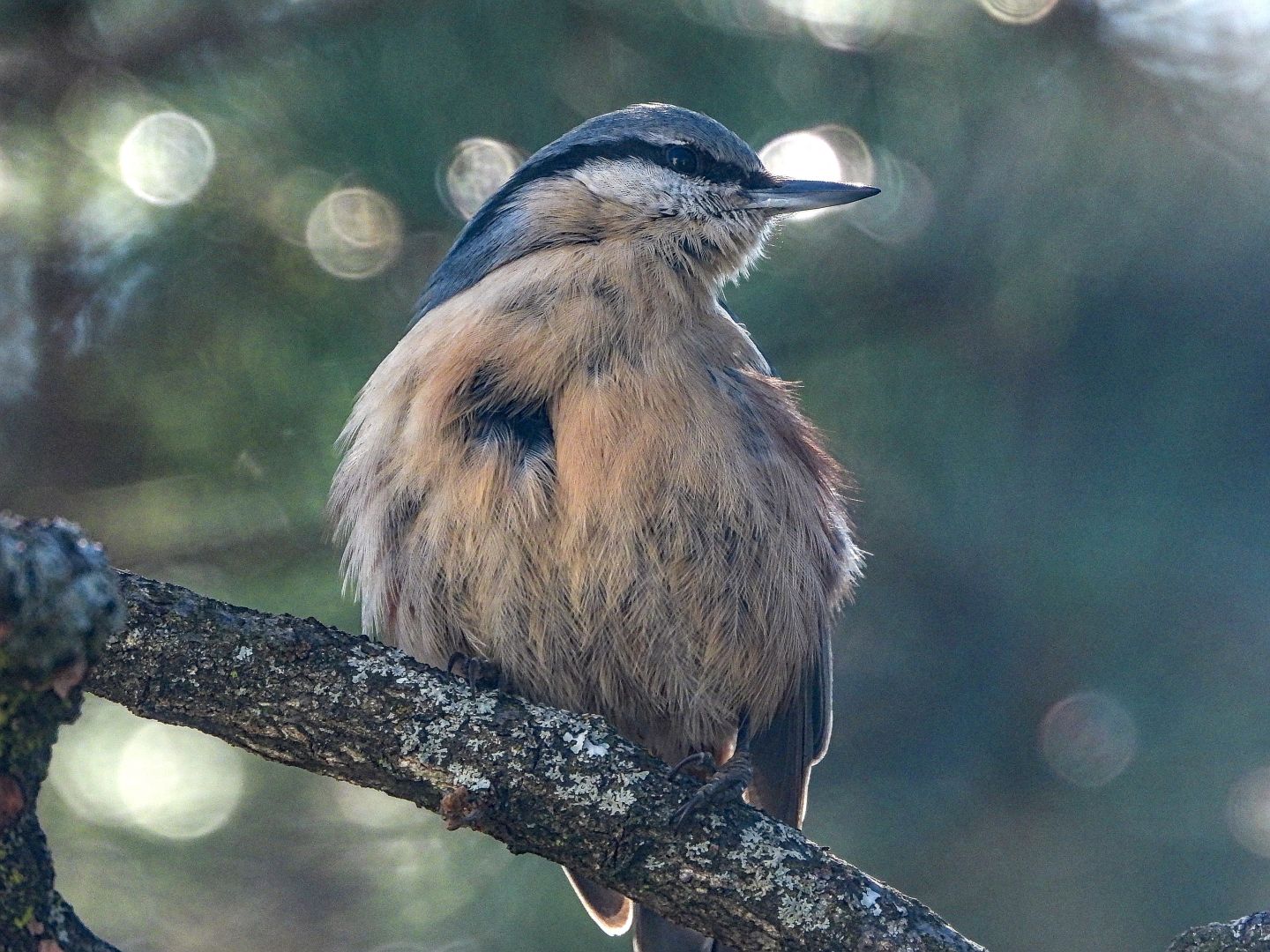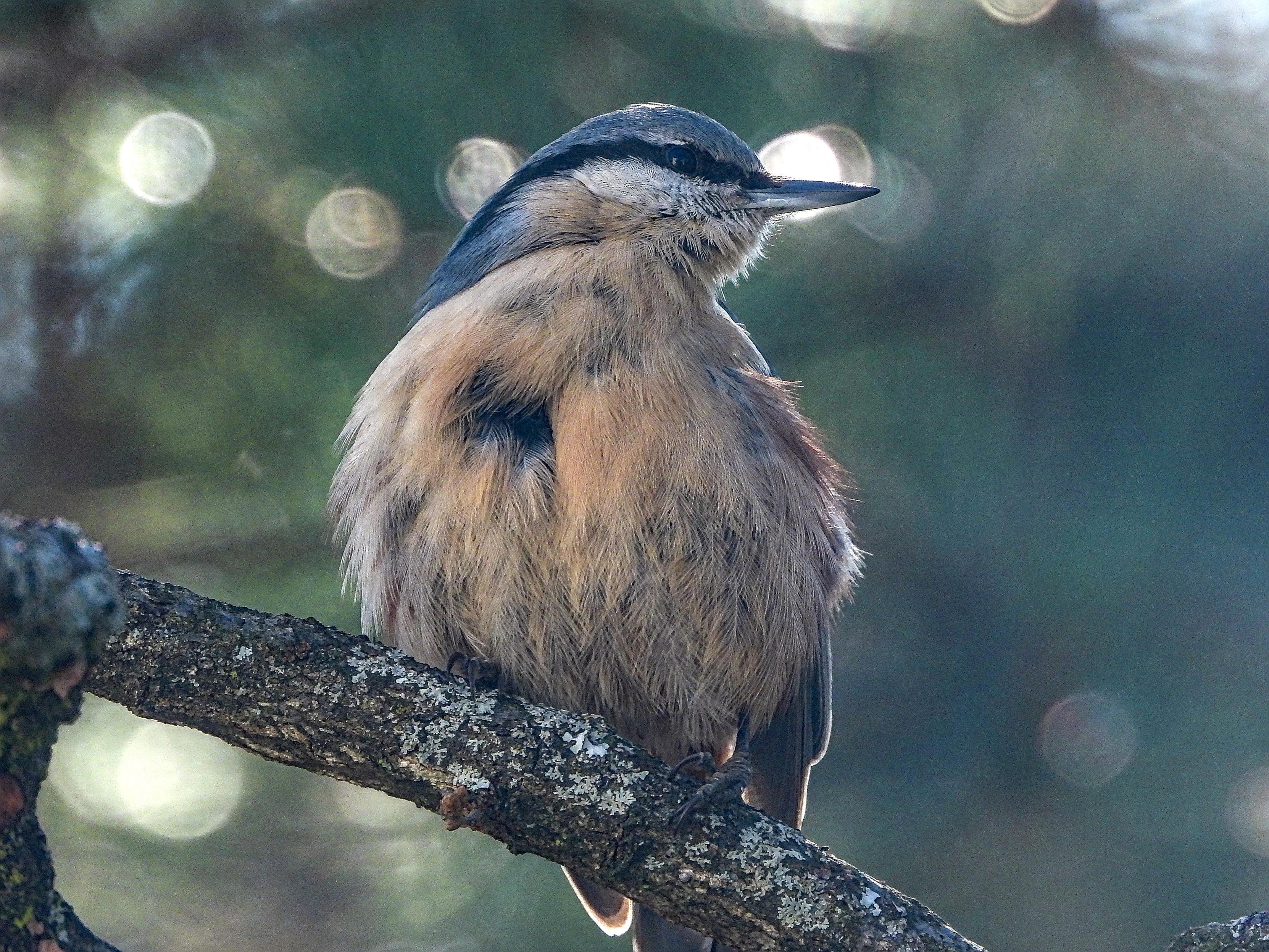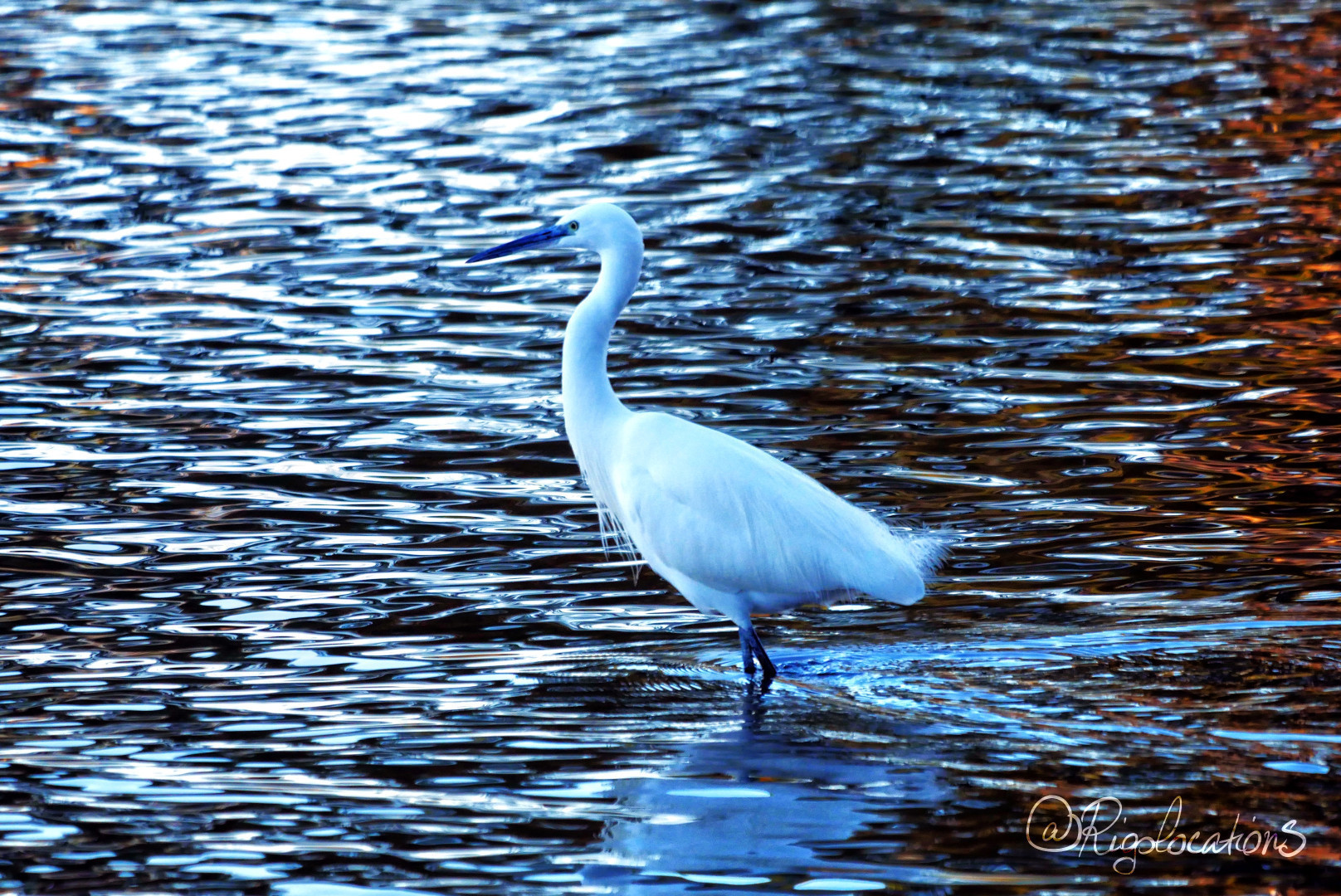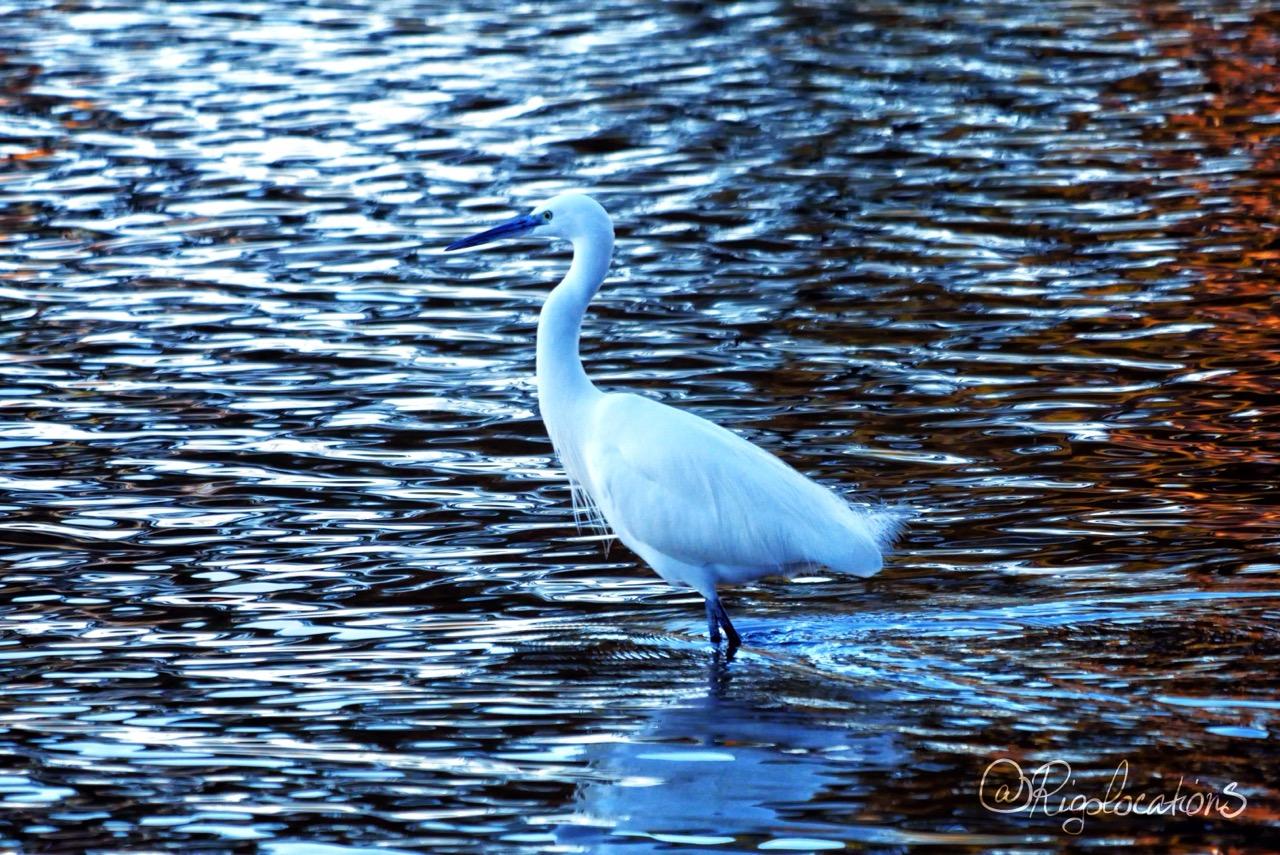"A female scarlet tanager perches on a bare, slender branch, mid-frame and mid-thought. Her plumage is a rich yellow—not neon, not pastel, but something grounded. The wings and tail are darker, olive-brown with hints of soot, like the forest pressed into feather. She’s built for blending in, but here she’s caught in a shaft of filtered light, and the camouflage becomes ceremony.
Her beak is pale and pointed, angled slightly downward, and her eyes are small, dark, and steady. She faces left, posture balanced, as if weighing the air. No tension, no flair—just presence. The branch bends slightly under her weight, a quiet arc that anchors the scene.
Behind her, the forest recedes into soft blur. Tree trunks rise like mottled columns, and leaves catch sunlight in uneven patches. The light is ambient, not dramatic—suggesting late morning or early afternoon. No spotlight, no chase. Just a moment held in rhythm.
She is the brightest element in the frame, but not the loudest. Her yellow doesn’t shout—it hums. The image doesn’t ask for attention; it rewards it.
In the bottom right corner, the photographer’s credit reads “Swede’s Photographs”—a quiet signature, like a field note tucked into the margin. Not branding, not intrusion. Just acknowledgment." - Copilot
